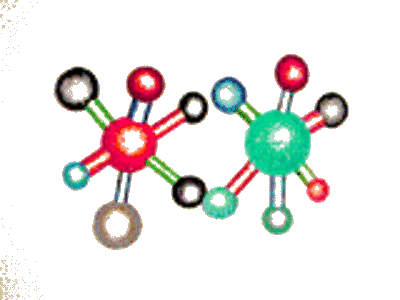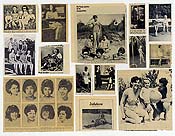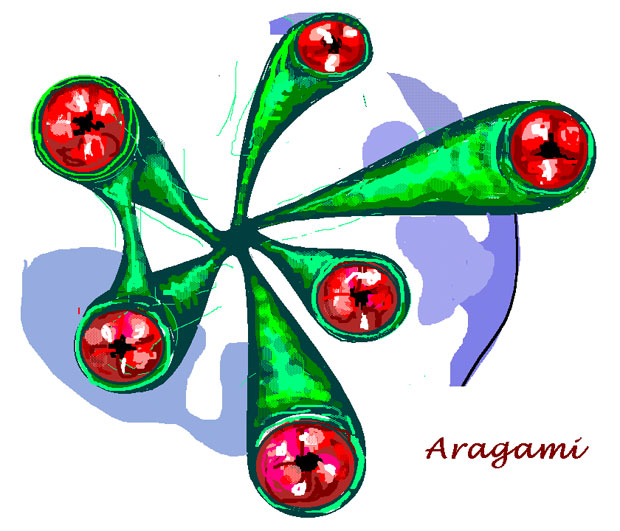
thanks to pepper for this - FWIW the unglitched version was one of my first GIFs. sally mckay helped me lighten the original, after I made it using my Sony camera, which had an in-camera GIF creation feature (but the frames came out dark). the molecules are stop-motion photos of paper spheres and struts pinned to my studio wall.


